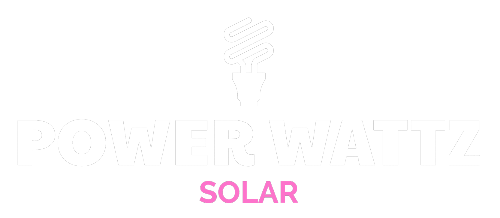
What are some of the most significant HSE-related challenges ENGIE encountered in solar project construction in India, and how did you overcome them?
The construction of solar projects in India presents several Health, Safety, and Environment (HSE) challenges, including working in remote locations with limited infrastructure and managing high-voltage equipment. To overcome these, companies are implementing comprehensive safety frameworks that integrate advanced technologies, such as real-time monitoring systems, to identify and mitigate risks at every stage of the project. Workforce training remains a cornerstone of these efforts, ensuring employees are well-equipped to work safely.
Empowering employees with the authority to halt unsafe activities—often referred to as “Stop Work” authority—fosters a culture of accountability. For instance, ENGIE has successfully addressed these challenges through a robust safety-first approach, achieving 28 million hours without a Lost Time Accident (LTA). To date “No Life at Risk” philosophy and the implementation of the “5 Safety Essentials” have further strengthened our commitment to safety.
How does ENGIE ensure alignment with global HSE standards while addressing local challenges?
Ensuring global HSE standards align with India’s local requirements involves a combination of adopting international best practices and tailoring them to address region-specific challenges, such as extreme weather conditions and remote locations and project-specific risk. Organizations often adapt safety protocols to suit diverse operational environments while maintaining compliance with global benchmarks.
Regular leadership involvement, including Management Site Visits (MSVs), reinforces these standards and promotes a culture of transparency and accountability. Extensive training programs also empower employees to identify and address risks effectively, ensuring alignment with both global and local safety expectations. ENGIE demonstrates this balance by integrating global HSE standards with locally relevant solutions. Their proactive leadership engagement and commitment to the “No Life at Risk” philosophy exemplify this approach.
What makes ENGIE’s health and safety practices in the renewable energy sector distinct?
In the renewable energy sector, technological advancements and cultural shifts are driving HSE practices. Processes such as predictive analytics, real-time monitoring, and drones for inspections have significantly enhanced safety outcomes by identifying and addressing risks proactively. Another important element is fostering a shared culture of safety. Initiatives such as daily safety briefings, risk assessments, and last-minute risk assessments are creating workplaces where safety is a collective responsibility. ENGIE’s “Minute that Saves” practice, which encourages teams to pause, assess risks, and mitigate hazards before commencing tasks, is a prime example of this shift. Such practices not only improve safety outcomes but also contribute to operational excellence.
Could you highlight how ENGIE balances operational efficiency with health and safety priorities?
Operational efficiency and safety are increasingly being viewed as complementary rather than conflicting priorities. By embedding safety into every phase of project planning including quality requirements and execution, companies can optimize processes while safeguarding their workforce. The use of advanced technologies, such as drones for inspections and predictive maintenance tools, enhances productivity without compromising safety standards. Additionally, ongoing training programs ensure that employees are both skilled and safety conscious, further aligning these objectives. ENGIE exemplifies this approach, dedicating over 33,000 hours to safety training in 2024 alone. Their integrated strategy ensures that operational goals are met while maintaining a steadfast focus on health and safety.
How does leadership influence health and safety practices at ENGIE?
Leadership plays a critical role in cultivating a strong safety culture within organizations. By actively engaging with teams through site visits and direct communication, senior management reinforces the importance of engaging with teams right upto the ground level of safety – the importance of safety. Transparent communication channels encouraged by leadership ensure that safety concerns and best practices are effectively shared across all levels of the organization. This approach builds trust and accountability, fostering a proactive safety culture. Regular Management Site Visits, combined with a visible commitment to safety initiatives, reinforce the organization’s dedication to achieving HSE excellence. Health & Safety is ENGIE’s top most priority.
Related
Source link




